| LBS | |
Watch your steps!
|
||||||||
TIDGET/ZigBee GPS sensorThe patented TIDGET® (“tracking widget”) sensor operates by taking brief snapshots of GPS data when activated [1]. These snapshots are stored in the flash memory and forwarded to the LocatorNet Server through the data link for processing [2]. The TIDGET is built using the RF front-end of a commercial GPS chip (see Figure 2). The device is designed to operate with a variety of different types of data links providing a low-power location solution. Instead of performing the GPS signal processing using an internal baseband processor, the TIDGET device only samples and records the GPS snapshots periodically. While this requires more data to be transmitted across the wireless data link, it significantly reduces the overall power drain of the device making this an ideal solution for low-power tracking applications. The TIDGET can be programmed to take different sizes of GPS snapshots depending on the application. The larger the snapshot, the greater the ability of the LocatorNet processing to track low-power GPS satellite signals [3]. For the TIDGET/ ZigBee device, a 36.4 kbyte snapshot size was selected. This allows GPS signals to be detected to a C/N0 of 26 dB-Hz (-148 dBm) with an SNR detection threshold of 10 dB. When multiple satellites are in view, enhanced signal processing can be used to detect weak signals as low as 20 dB below the strongest GPS satellite signal, down to a threshold of -156 dBm. The TIDGET/ZigBee wristwatch device includes a ZigBee data link that can be used to connect to a ZigBee Gateway when within range. ZigBee[3] is a lowpower wireless mesh networking protocol that has been designed for maximum power life. A networking protocol has been developed that allows the ZigBee wireless data link to transport the data to the Gateway where it is forwarded to the TIDGET/ZigBee Server for processing. The normal range of operation of the ZigBee data link, using onboard or PCB antennas, is within 100 feet of a Gateway. A Gateway can be a conventional PC equipped with a ZigBee USB device and installed with the LocatorNet network upload software. While straight ZigBee dongles exist, the system design uses a TIDGET/ZigBee unit configured in a “gateway mode” connected by USB to the PC. The LocatorNet network upload software converts the TIDGET/ZigBee data into a sequence of database update commands and sends those over a TCP/ IP connection to the Portal. The range between the TIDGET/ZigBee device and the ZigBee Gateway can be extended by adding an improved antenna to the ZigBee Gateway. Static directional antennas on both the node and the coordinator can improve the operational distance by a factor of 4-10, but are unacceptable for the watch unit. Larger amplified directional antennas, such as that shown in Figure 4, have allowed us to extend the highbandwidth single-hop transmissions up to 765m, while only using the onboard PCB antenna for the TIDGET/ZigBee node The Phased Array antenna shown in Figure 4 also provides a Linux-based network router making it ideal for a Gateway unit. As depicted in Figure 4, the TIDGET/ ZigBee wristwatch unit comprises a ZigBee chip with an embedded microcontroller, a “glue-logic” CPLD programmable logic device, GPS cache SRAM, bulk-storage Flash memory, a GPS front-end RF chip, antenna and TCXO, a USB interface chip and power management circuitry. Each captured GPS snapshot requires 15mJ to acquire Figure 2 TIDGET Sensor under all circumstances. To transmit the data to the Gateway, the circuit will consume between 70mJ and 231mJ per snapshot depending on range and signal environment. Total battery energy available to the device is 2000 Joule. Locatornet portalThe LocatorNet Portal is based on an Oracle Application Server. The ZigBee Gateway software is designed to “publish” data into the LocatorNet Portal which initiates a data processing sequence using the LocatorNet Server signal processing software. The LocatorNet Server GPS processing is implemented Figure 3 Extended Range ZigBee Connection Figure 4 Wristwatch TIDGET/ZigBee Component using an SDR architecture where the GPS signal generation and code correlation functions are performed in software. The GPS Navigation data is loaded into the LocatorNet Portal from reference station sites across the Internet allowing worldwide tracking of GPS data. The LocatorNet Portal also can access digital terrain data allowing altitude-aided solutions to be Figure 5 Snapshot NED Comparison to Reference calculated in the event that only three GPS satellites are tracked. Figure 5 and Figure 6 illustrate the navigation accuracy provided a CEP of 5.14 m. As shown in Figure 7, the LocatorNet Portal also supports Location Based Services (LBS) based on the TIDGET solution data using an Oracle Mapping Server with an open architecture Open Geospatial Consortium (OGC)5 compliant web service based design approach. OGC have developed a family of web services that can be used for sharing and distributing mapping and feature data between web servers. This includes Web Mapping Service (WMS), Web Feature Service (WFS) and OpenGIS® Location Service (OpenLS). A variety of different WMS data feeds are already available on the web from public sources and more are being added. Examples of some of the data that has been linked into the LocatorNet Portal are shown in Figure 8 through Figure 12. Figure 8 shows current TIDGET Figure 6 Snapshot Position Solution Figure 7 LocatorNet LBS Architecture data for a user’s area of interest that has been extracted from the local LocatorNet database. In Figure 9 the user adds in vector street data to provide location context. This street data is stored on the server database, and thus is available even when the server is not able to access the Internet – useful for some mobile and military applications. In Figure 10 the user has requested a USGS supplied topographic map overlay in lieu of the vector streets. This data was requested on-the-fly from the USGS through the Internet [6]. Figure 11 shows a highresolution aerial image obtained from another USGS Web Map Service as the background [7]. Lastly, Figure 12 shows how remote data services can also provide time-sensitive information – in this case Doppler radar data [8]. |
||||||||
Pages: 1 2



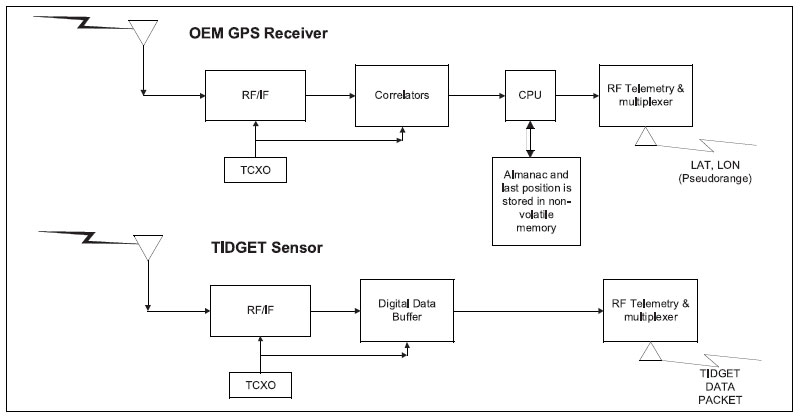
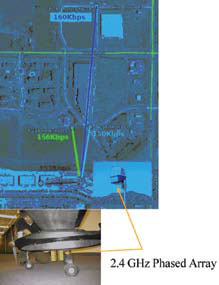
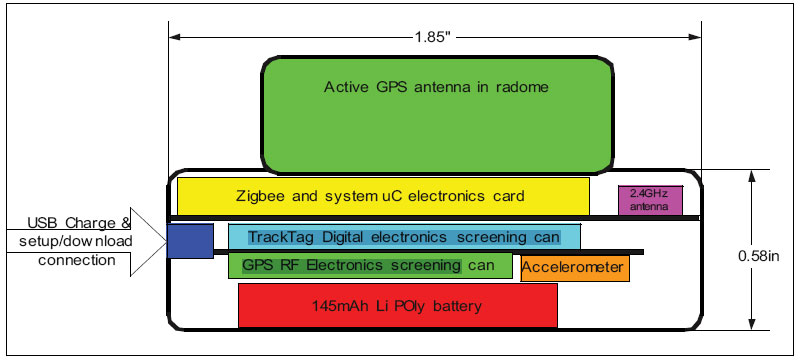
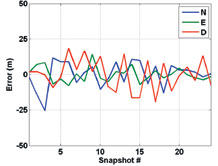
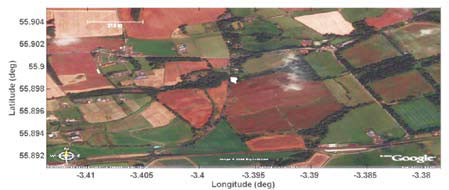
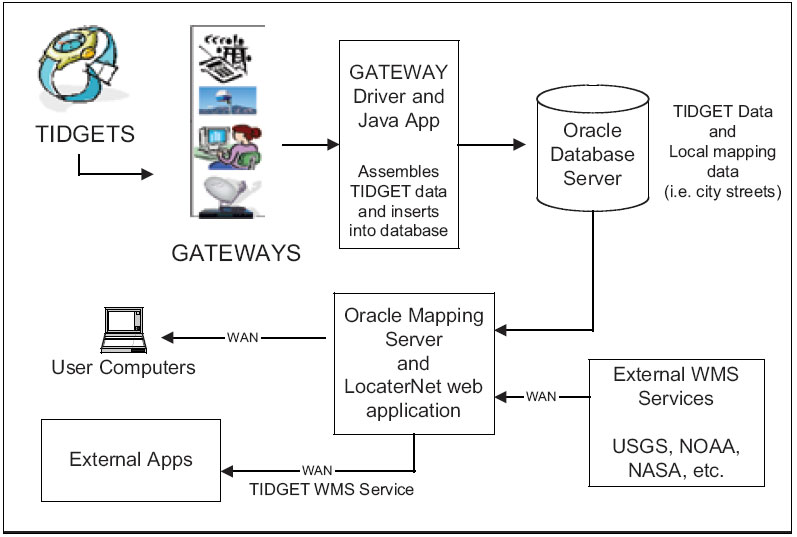










 (No Ratings Yet)
(No Ratings Yet)





Leave your response!